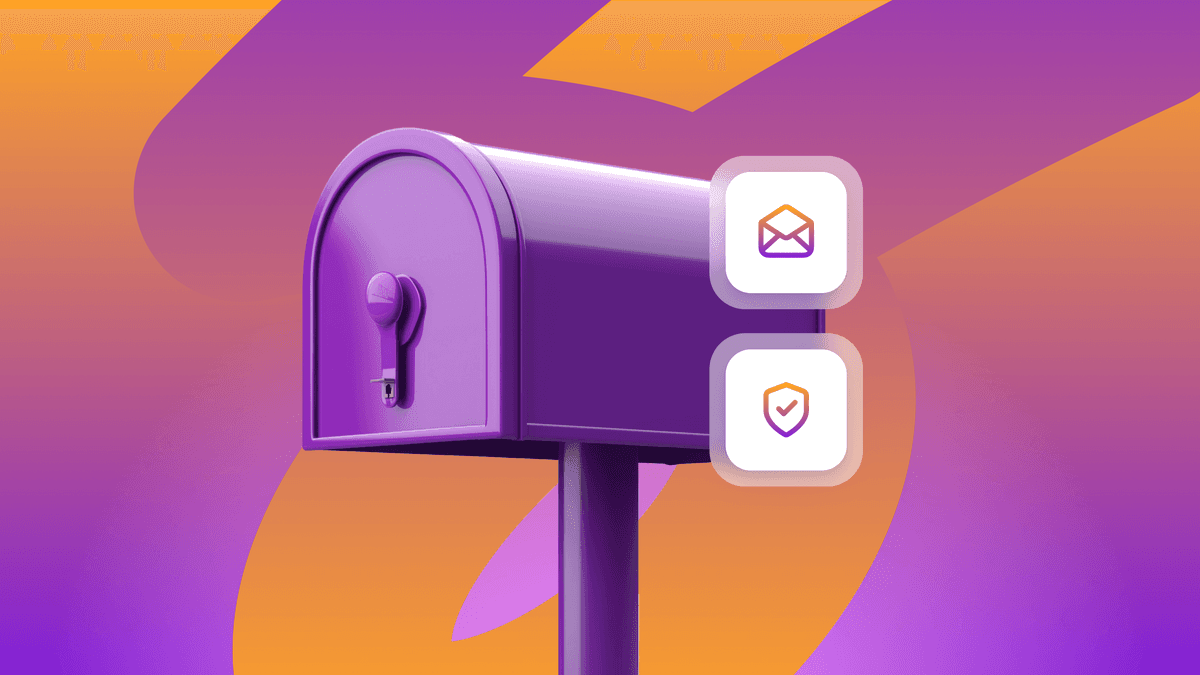The Future of Web Messaging: Respecting User Preferences and Privacy
Published on February 12, 2021/Last edited on February 12, 2021/6 min read


Haley Trost
Senior Product Marketing Manager, BrazeIn pre-pandemic days, it could feel at times like customer engagement was all about mobile. People were constantly on the go, so connecting with customers on their ever-present mobile devices was an obvious and effective choice. But things are a little different in 2021, to say the least. Withwork and social lives moving online for many of us, we’re spending a lot more time on the web. We’re shopping online instead of in-store, ordering delivery instead of eating at restaurants, and streaming movies instead of sitting in theaters.
And as we spend more and more time online, web users are becoming increasingly frustrated with the sneaky tricks some websites still try to pull. Distracting pop-up ads, irrelevant messaging, and questionable privacy standards feel like they should be relics of the past, but they are still very much part of many web users’ online experiences.
In the coming year, web browsers will be stepping up to address the problem of poor online experiences across desktop and mobile devices. The future of web messaging is centered on user privacy and control—from new notification prompts to stricter rules on cookie tracking. As we’ve learned in the past year, things can change quickly. Keep reading to prepare yourself for these upcoming changes.
1. Ask for Permission, Not Forgiveness
Visiting a website for the first time is like going on a first date: You’re interested, you want to learn more, but you’re not quite ready to commit. If your date proposed to you the first time you met, you would say no! So why would you agree to receive web push notifications from a website you’ve just opened for the very first time? You probably wouldn’t, and yet many websites prompt visitors to allow notifications as soon as the first page has loaded.
Web browsers are starting to catch on to users’ preferences and are cracking down on overeager websites this year. Chrome, Firefox, and other browsers are now experimenting with new, less intrusive ways to prompt for notifications. For example, in some cases Chrome will hide the prompt behind a little bell icon instead of a persistent prompt.

This shift has big implications for brands that engage customers on the web. It might become a little harder to grow your web audience, but that doesn’t mean you should give up on web messaging! As Braze customers know, web messaging is a powerful way to engage customers.
Marketers can stay a step ahead by using two strategies in particular: Showing targeted, timely prompts for web push notifications (e.g. by displaying the prompt only after a user clicks on a button), and priming for web push notifications using in-browser messages. Both strategies increase opt-in rates and reduce the risk that browsers will automatically block notifications. It’s wise to craft this strategy early; after all, users who “block” notifications never see the prompt again, and users who close the prompt must wait some time before the browser allows you to ask again.
The takeaway: Be mindful about how and when you’re asking to send notifications to website visitors. Let users make the first move by showing intent and engagement, and then follow up with a personalized ask to seal the deal.
2. Be Predictable
There are few things more annoying than trying to click a button on a website, only to have a pop-up appear out of nowhere and conveniently land under your cursor right as you click. Random pop-ups and jarring layout shifts can really ruin the user experience on your website. People like to be in control of their web experiences, so unexpected changes often lead to quick bounces and even negative word of mouth.

Once again, web browsers are stepping in to police website actions that create poor user experiences. This year, we may start to see SEO penalties for websites that allow annoying pop-up ads or have layouts that frequently shift.
Online brands may need to make a few changes to their websites to stay on browsers’ good sides. First, brands should measure their websites’ Core Web Vitals, including Cumulative Layout Shift to see if content is shifting around in unexpected ways. This is a good opportunity for marketing and digital teams to work together on improving the user experience (UX) to minimize disruptive layout changes and user frustration.
Once the website layout is optimized, marketers should design responsive messaging to match. Consider adding custom HTML code to in-browser messages to make messages less intrusive, or use native Content Cards to share information without disrupting the customer experience.
The takeaway: Website visitors want predictable, responsive online experiences. Keep your customers engaged by limiting disruptions and offering personalized messaging in a steady, streamlined interface.
3. Say Goodbye to Third-Party Cookies
Even more big changes are on the way to protect web users’ privacy. Third-party tracking across web domains will soon be a thing of the past as web browsers increase limitations on who can track online visitors and for how long.
Safari currently leads the pack with Intelligent Tracking Prevention (ITP), but Chrome and Firefox aren’t far behind. This is good news for consumers who are concerned about how their personal data suspiciously follows them around online, but it presents a new challenge for advertisers who rely on cookies to deliver personalized content and recommendations to customers—especially logged out users.
Brands will survive (and even thrive in connection with) these changes if they use them as an opportunity to build deeper relationships with customers. Cookies don’t need to last long if users are logged in to a website, so use in-browser messages to encourage website visitors to register for an account. Customer data within Braze is first-party data that brands own, so it can continue to be used for creating relevant and personalized customer journeys.
The takeaway: Focus on first-party data because third-party cookie tracking is so 2020. Building strong web relationships is a cycle—as you add more personalized value to your website experience, users will keep coming back for more. The more users visit your website, the better you’re able to personalize your messaging!
The Future of Web Messaging Is Personal and Private
Web messaging is changing to meet users’ demands for more security and control in their online experiences. This is generally a good move for marketers; after all, offering a private and secure web experience can help your brand stand out to the 80% of Americans who worry about how their personal data is used online. But at the same time, these privacy crackdowns are a major change in the Internet status quo. Power is shifting to the big browser companies, and marketers need to make quick changes to their customer engagement strategies to stay relevant.
Final Thoughts
Web push notifications, in-browser messages, and persistent web Content Cards continue to be effective channels for reaching customers on the web in today’s fast-changing landscape. It can be tricky to strike the right balance between privacy and personalization in your web messaging, but it’s worth it when done right!
To learn how to implement or optimize web messaging for your brand, check out the Braze Web Messaging Guide.
Related Tags
Be Absolutely Engaging.™
Sign up for regular updates from Braze.
Related Content
View the Blog
Look out: Outlook's new email requirements and what they mean for Braze senders

Alison Gootee

How the Braze Data Platform enhances flexibility and fosters collaboration

Sahiz Kaur

Customer churn prediction: Using data for smarter retention
